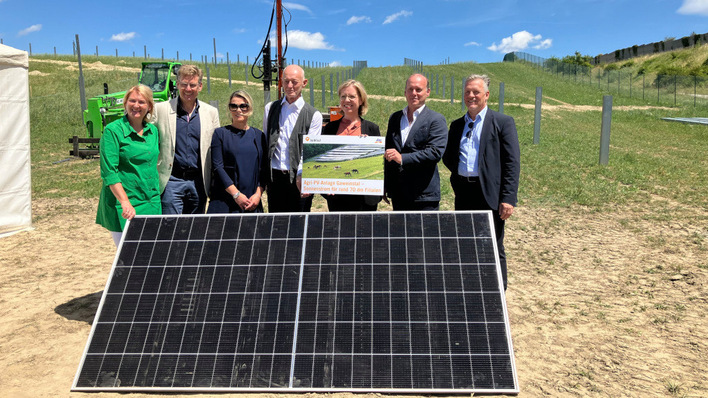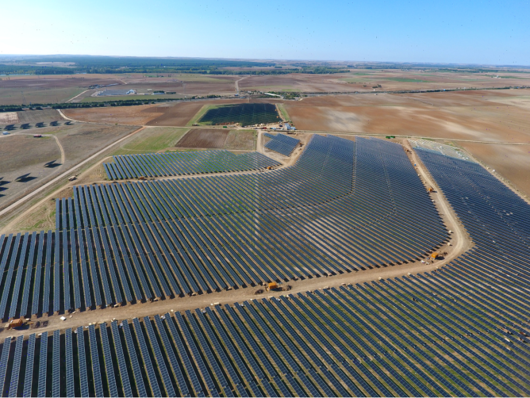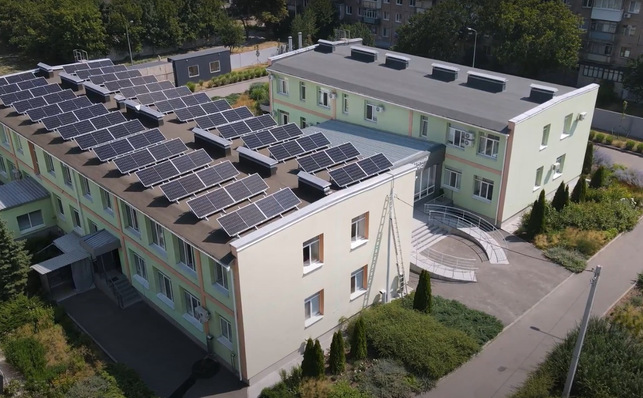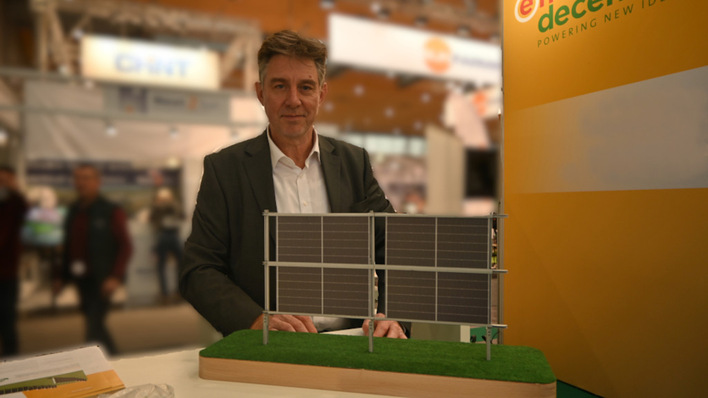Phoenix Contact has completely redesigned the access area to the factory premises in Blomberg in Germany on an area of around 7,600 square metres. The centrepiece is a freely accessible park that makes the vision of the All Electric Society tangible for everyone and explains it in an understandable way. A distinctive feature is a solar tracker with a diameter of twelve metres on the roundabout directly at the park. It can be rotated so that it is always at the right angle to the sun.
Sign up now for our upcoming investor newsletter!
Solar-electric power supply already possible today
By means of the energy flow from generation, conversion, storage and distribution to optimised energy use, the park shows how the All Electric Society can become reality. Real applications illustrate how sector coupling works and which technologies make it possible.
See also: Will solar parks produce more than energy in future?
The park is a miniature representation of the real world. Glass containers for the respective applications, open-air systems and a pavilion with a control room and meeting rooms form the exhibition areas of the park. This shows a holistic picture of the sparing use of resources based on existing technologies.
Experience sector coupling at first hand
The common thread running through the park is the flow of energy and data. Along this theme, applications are placed in a meaningful context and their mutual influence is shown. The basis is the generation of renewable energy with solar and wind power. In the park itself, solar modules provide sustainable electricity. They are located on the roofs of the Cubes and the charging stations, integrated into the facade of the pavilion and used as floor panels.
Around 155 kilowatts of photovoltaics installed
A total of 550 solar modules were installed in the park. They supply 155,000 kilowatt hours of clean electricity per year. Wind energy is exemplified by a walk-in wind gondola in the park and a wind tree. Its small wind rotors turn even in weak winds and generate energy. With 36 blades, so-called aeroleafs, the wind tree has a total output of almost eleven kilowatts.
Since the sun and the wind are not always available in equal quantities, surplus energy must be stored and released when needed. Battery storage units are used for this purpose, for example. In this way, energy consumers in the park are supplied with clean energy at all times. These include the buildings, e-charging stations and the applications in the park. Optimisation measures are also demonstrated on these consumers in order to reduce energy demand and resource use.
Systems precisely balanced
The energy generators, storage units, consumers and the medium-voltage grid are connected via a local grid station. An energy management system ensures the balance between generators, storage units and consumers. The system records all relevant characteristic data and controls the energy flows via the local network station.
Also interesting: Solar power for large-scale tenants housing project in the Netherlands
In the park of the All Electric Society, not only electrical energy is needed, but also other energy sources. The cubes and the pavilion in the park are supplied with heat or cold. This energy flow is controlled by an independent hydraulic system that integrates a cold local heating network, ice storage and two heat pumps.
Site now open for visitors
The park has been freely accessible to visitors as of September 2023. Extensive information is available on the internet for an overview. This makes it possible to plan a visit in advance. (HS/mfo)
All information about the All Electric Society Park can be found here.








